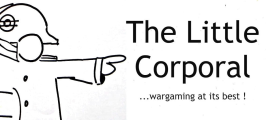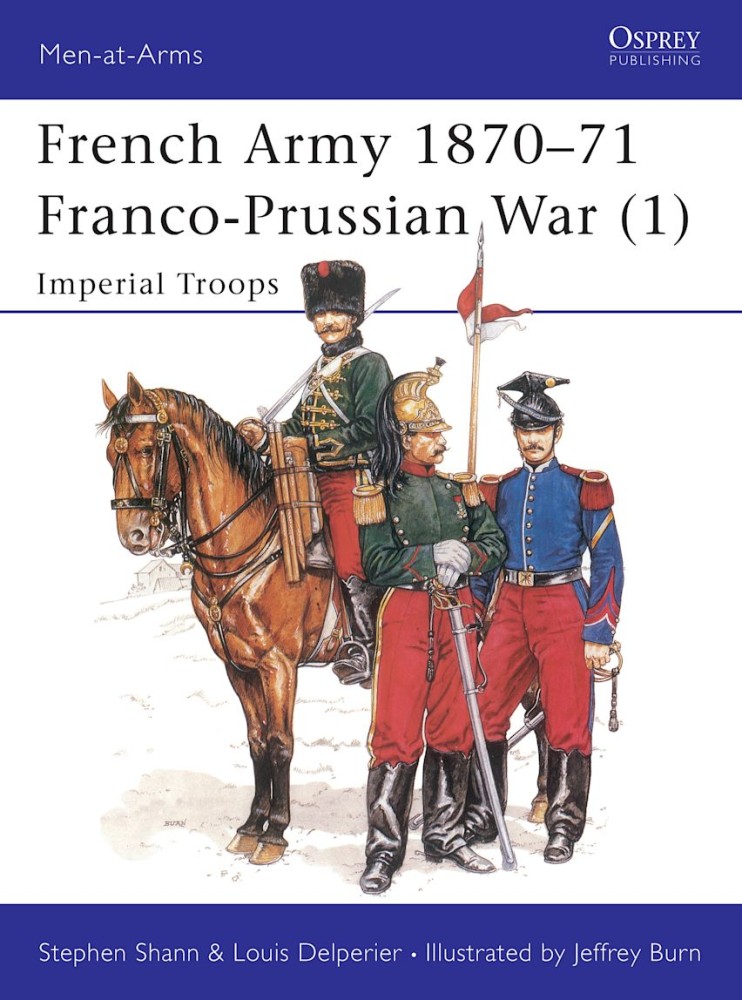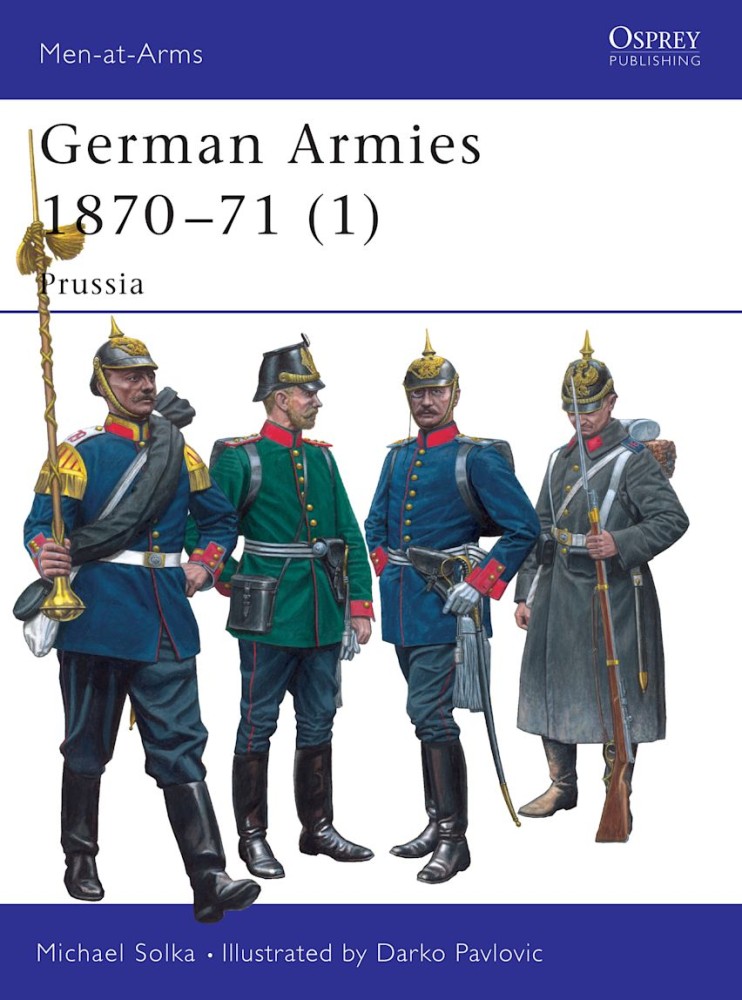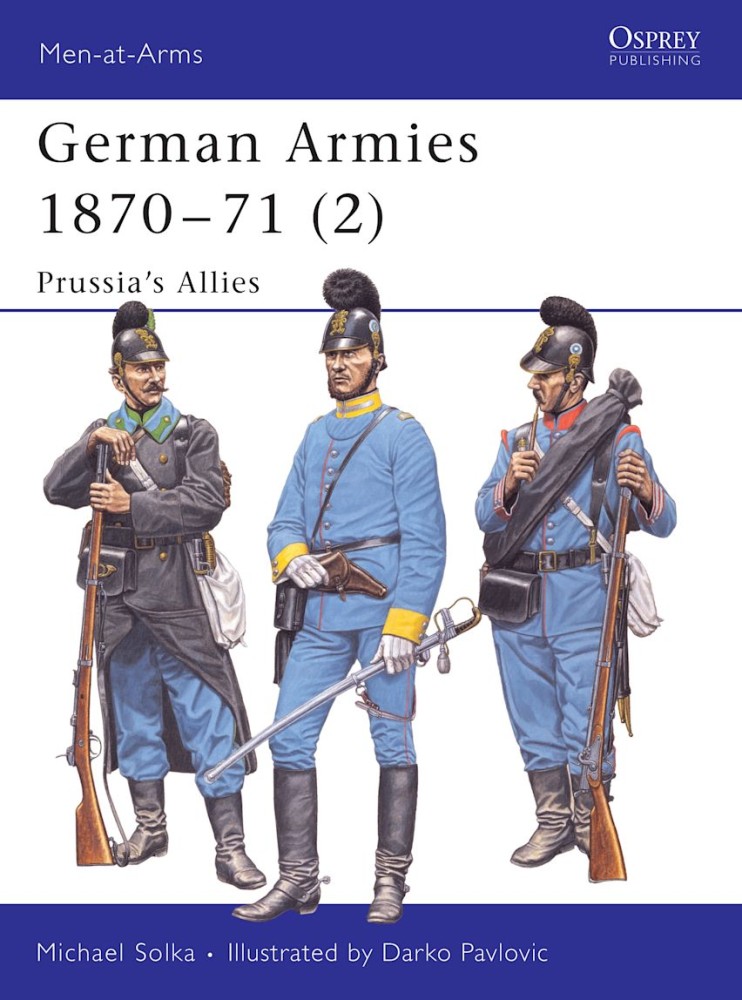At the time of the Second Empire, under Napoleon III, the French army, elevated from tactful obscurity, was re-modelled on Napoleonic lines. This army first fought in the Crimea, and then against Austria. Later, In Mexico, they had a disastrous adventure while in Europe Prussia was fast emerging as a challenge to France's military pre-eminence. Together with Austria, Bismarck first crushed Denmark before turning on Austria herself. The victory at Sadowa in 1866 stunned Europe, and in Paris Napoleon and his advisers set to thinking of a way to counter this new threat. In this first of two volumes looking at the French Army of the Franco-Prussian War, Stephen Shann and Louis Delperier examine the history, organisation and weapons of the French Imperial troops.
The crushing victory by Prussia and her German allies in the Franco-Prussian War, 1870–71, destroyed one empire and created another. It finally unified the German states into an empire under Prussian leadership – an empire proclaimed in the very halls of captured Versailles. In 1870 Prussia's reformed mobilization system put enormous armies into the field with unprecedented efficiency. The confidence which the victory encouraged among German militarists, and the intolerable humiliation it inflicted upon France, ensured that an even more destructive war was soon inevitable. This, the first of two titles, lists and illustrates the units of Prussia and her North German Confederation, the powerhouse of a formidable military machine.
Although the war of 1870–71 has gone down in history as the 'Franco-Prussian War', nearly half of the German troops sent to the frontier were from other German states – both the willing members of the North German Confederation and the southern states who were in some cases more hesitant about accepting Prussian domination. Some contingents had only one or two regiments – though these might be of high quality, like the 'Black Brunswickers'; others provided whole army corps, like Bavaria and Saxony. This book lists and illustrates the organization and varied uniforms of all these allied contingents, most of which fought well when it came to the test of battle.



